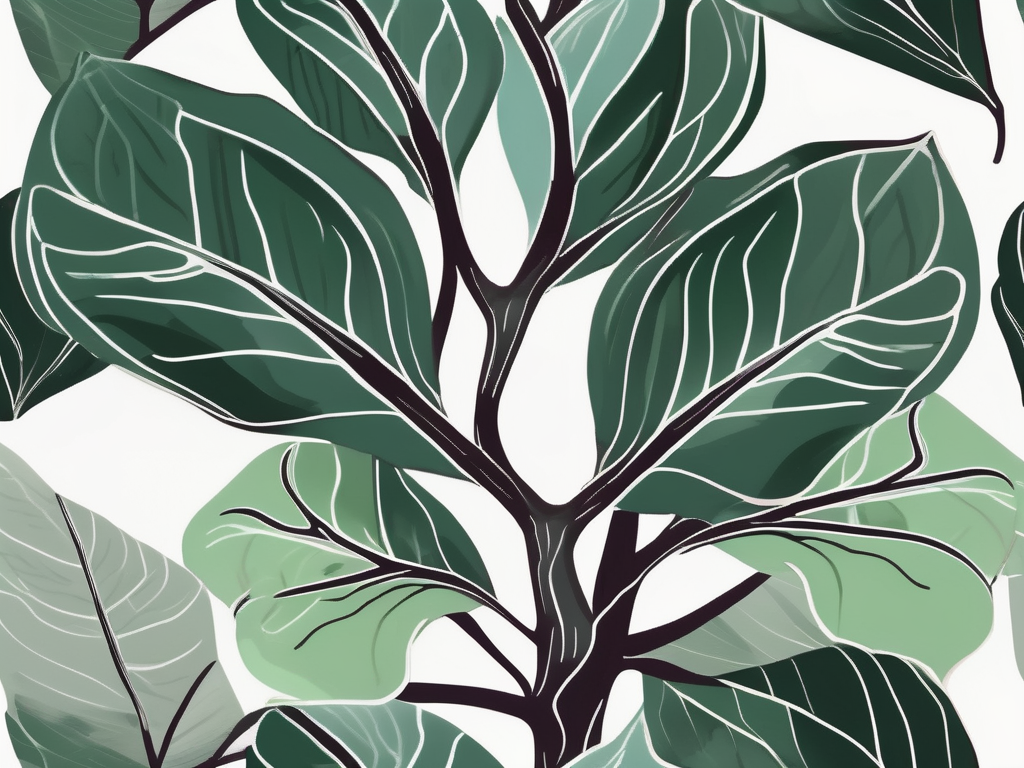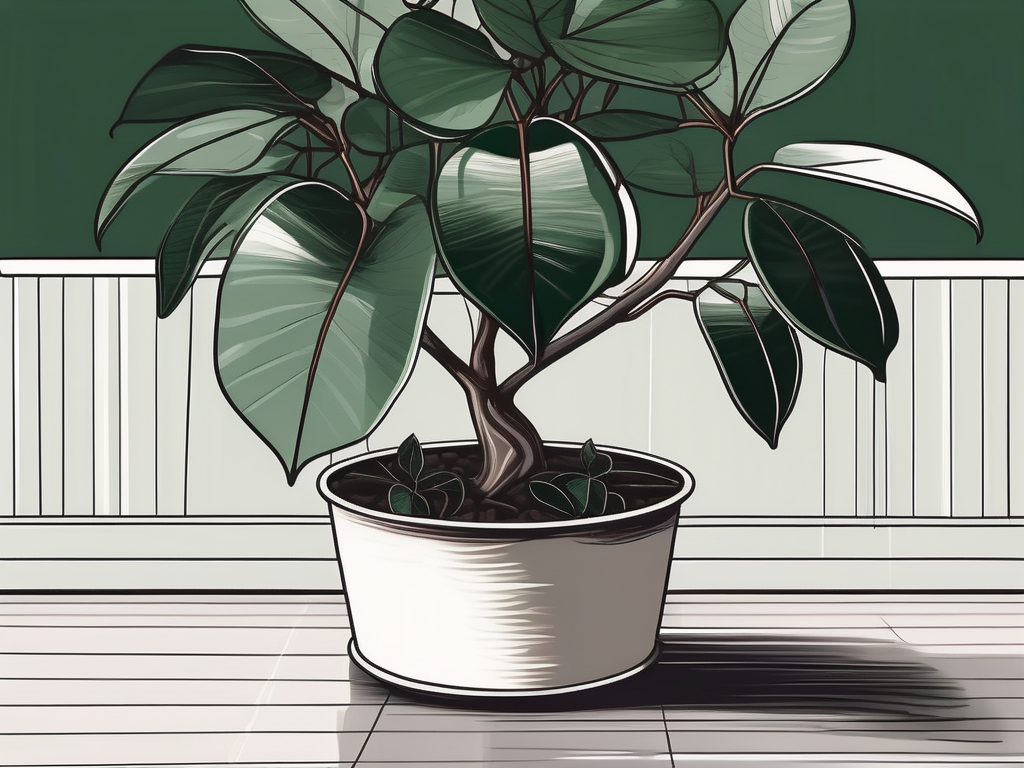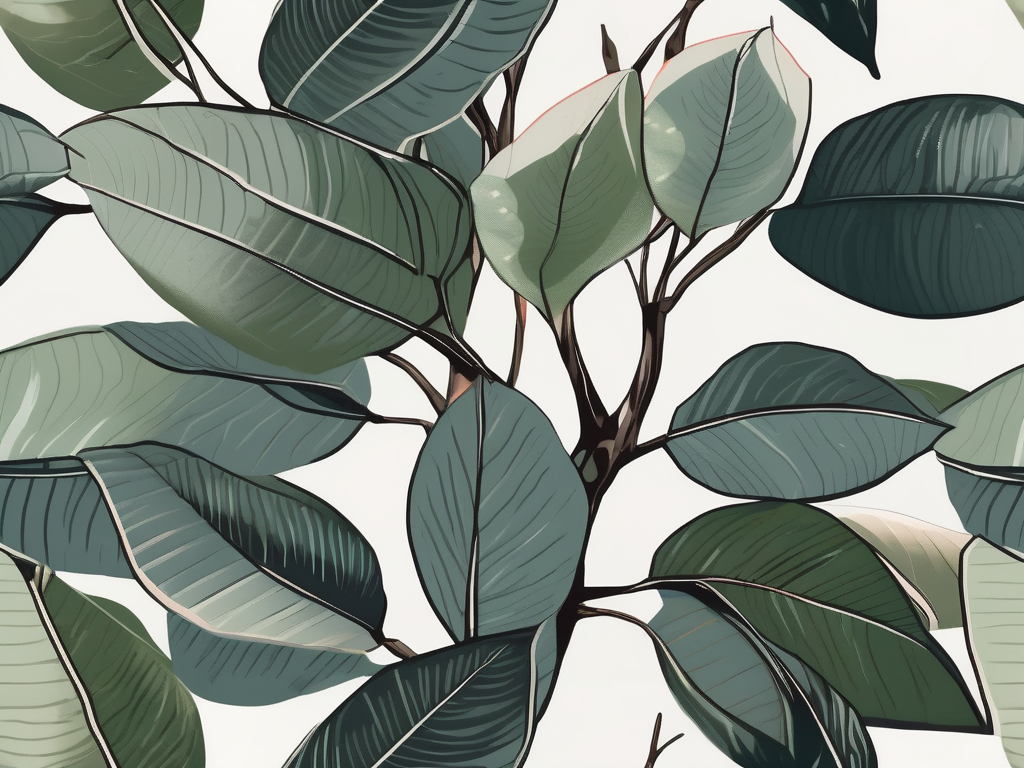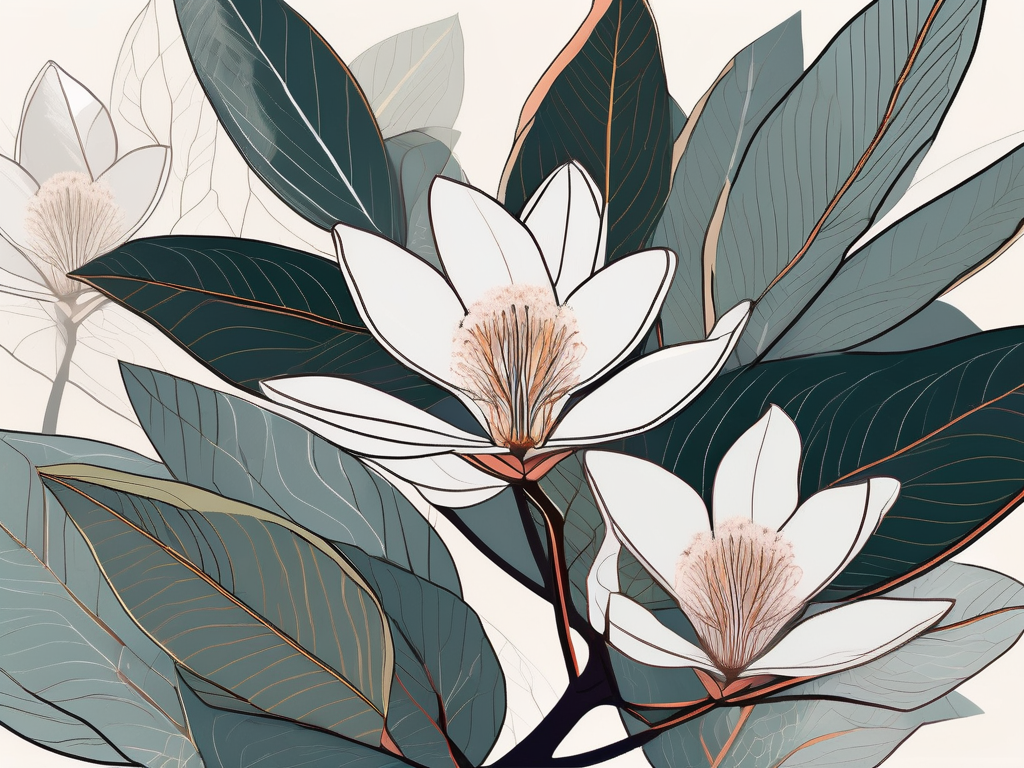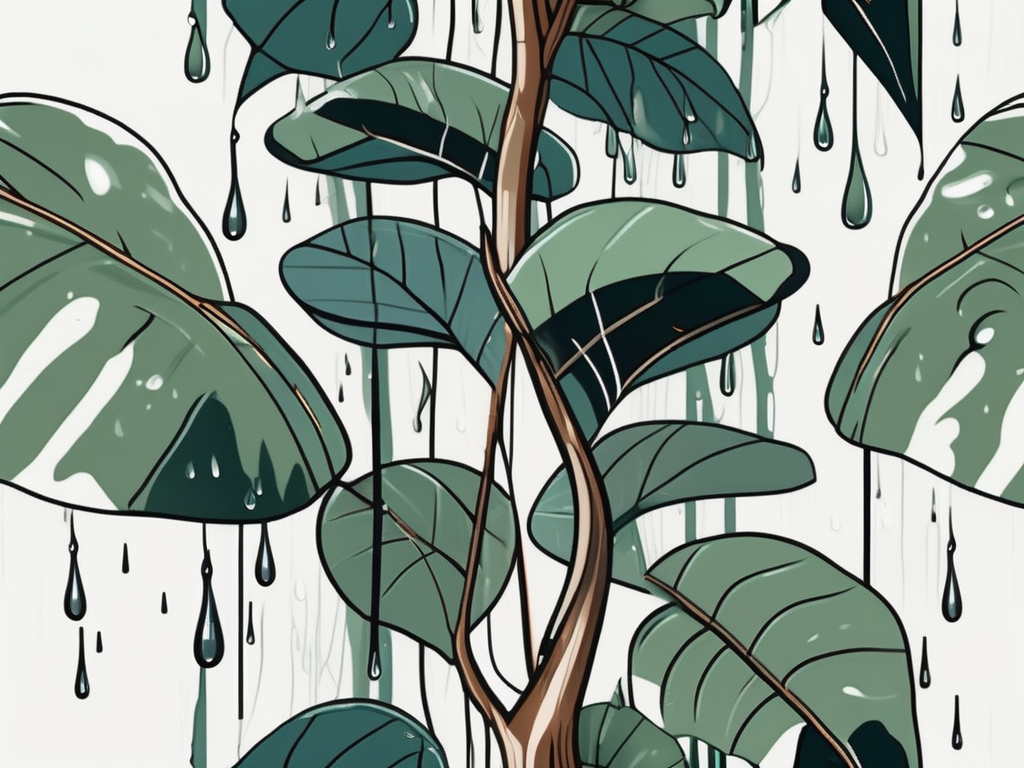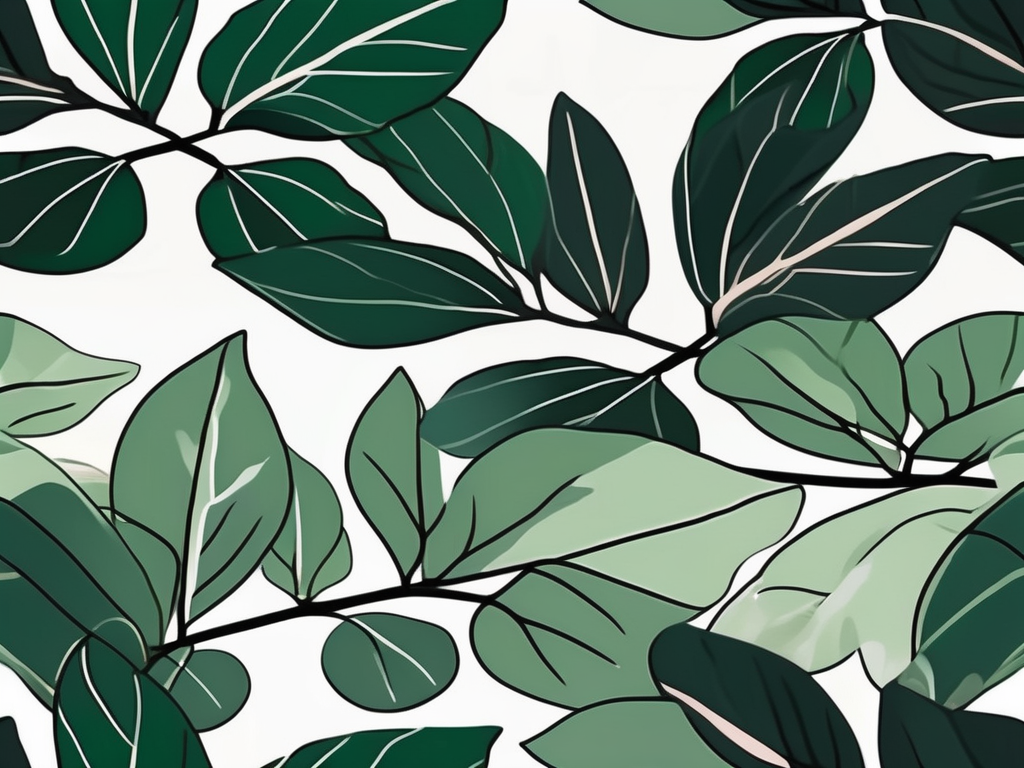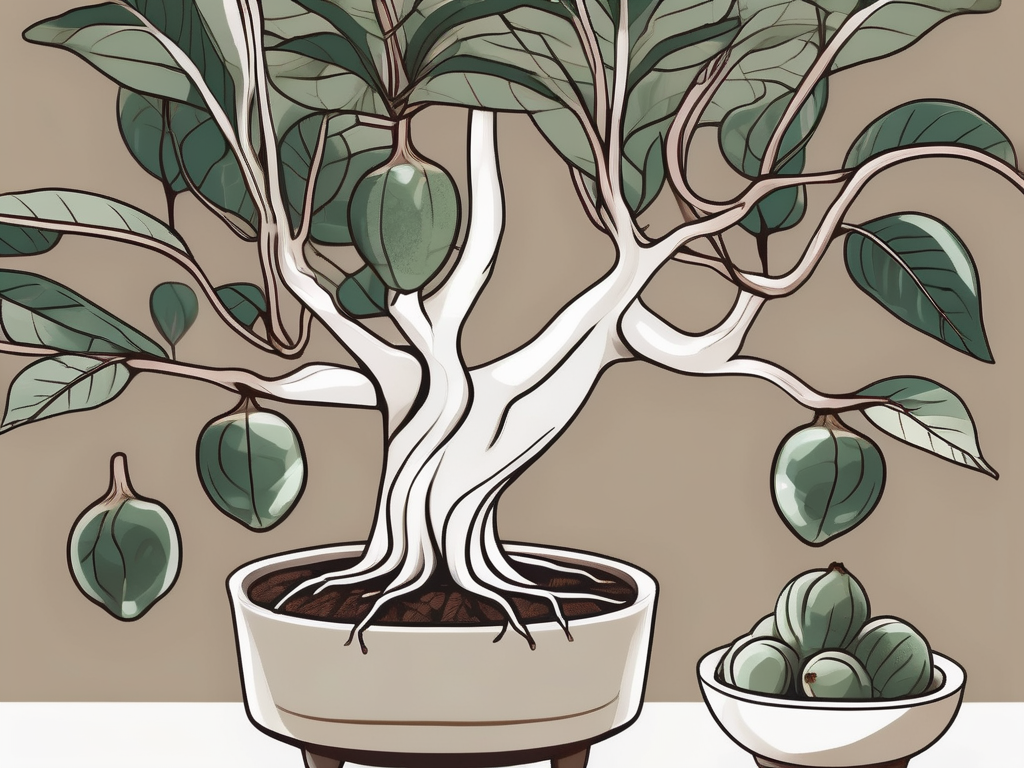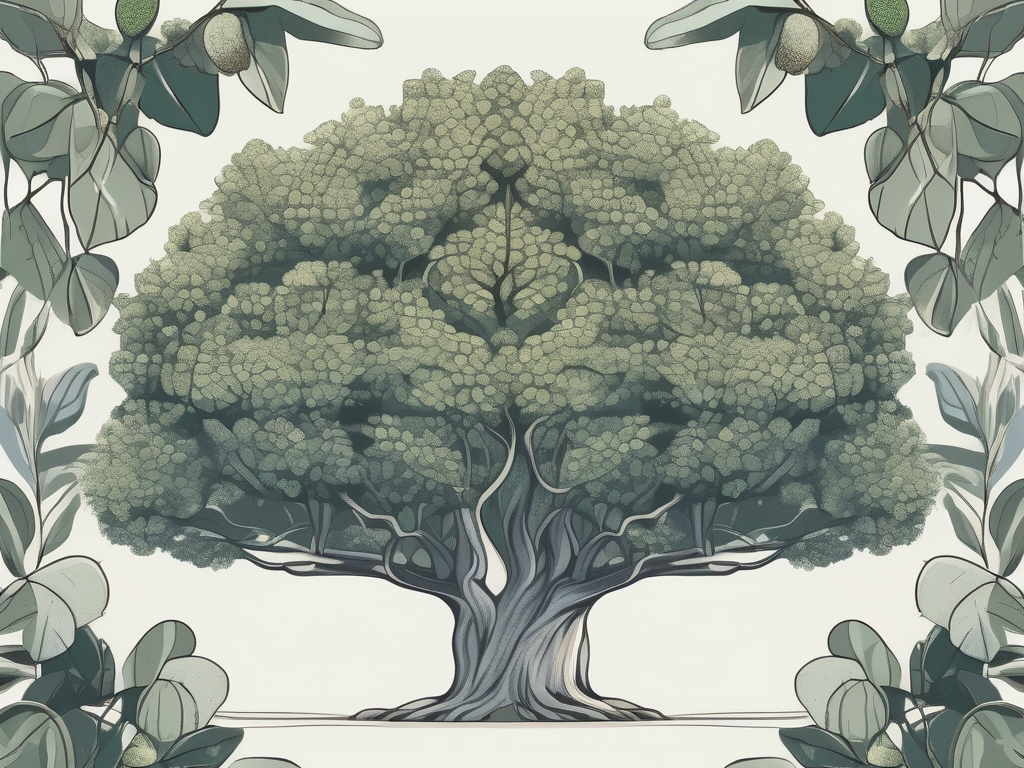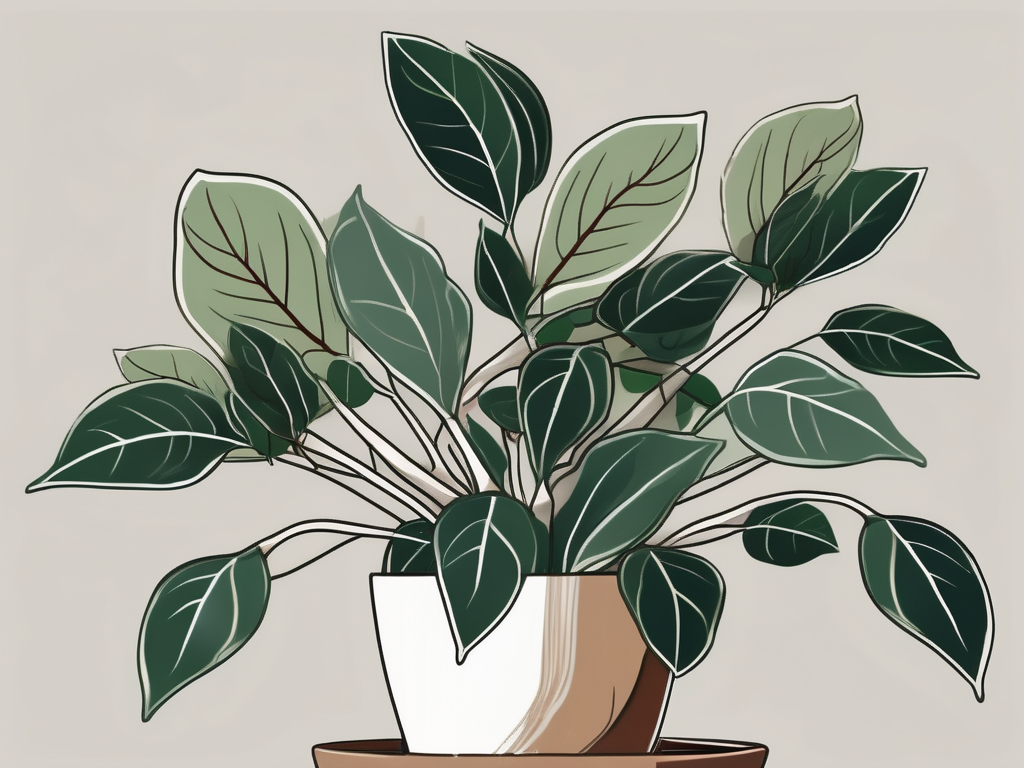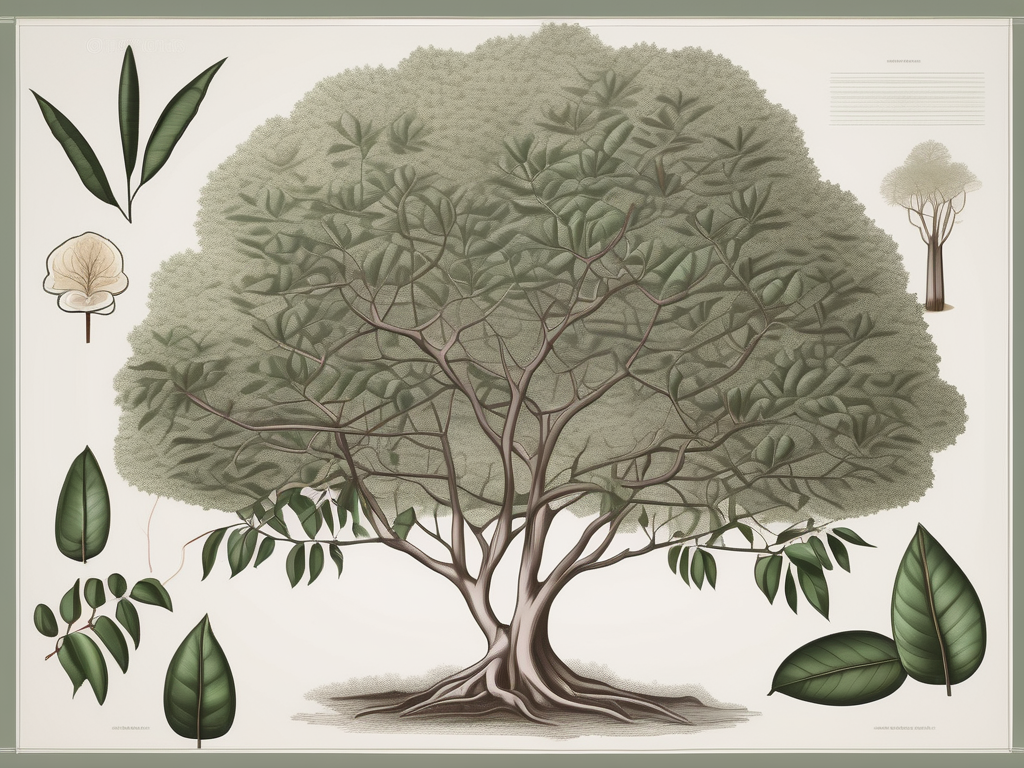
Ah, the rubber tree—it's that lovely, lush plant with glossy leaves that you've probably seen gracing homes, offices, and Instagram feeds alike. Its scientific name might not roll off the tongue as easily as "rubber tree," but understanding this fascinating plant's background can really enhance your appreciation for it.
In this article, we’ll take a journey through the world of the rubber tree, examining its scientific name, its history, and why it’s such a beloved houseplant. We’ll also explore practical tips on how to care for it so you can keep your plant thriving and looking fabulous.
The Scientific Name: Ficus elastica
When we talk about the rubber tree, we're referring to Ficus elastica. This name isn’t just a random assortment of letters; it has a story and meaning behind it. Ficus is the genus name, which is a broad category that includes many other species like the well-known fig tree. The word "elastica" refers to the plant's sap, which was once used to make rubber, hence the common name.
The naming convention follows the binomial nomenclature system developed by Carl Linnaeus. This system is like a universal language for scientists, allowing them to communicate about plants and animals without confusion. It’s kind of like having a first name and a last name but for plants!
The rubber tree is native to Southeast Asia, where it grows as a large tree in the wild, often reaching heights of over 100 feet. However, as a houseplant, it stays much more manageable, usually topping out around 6 to 10 feet indoors. Isn’t it amazing how adaptable plants can be?
Historical Context and Uses
The rubber tree has an interesting history that ties back to its native regions. In places like India and Malaysia, the rubber tree's sap was used to make a rudimentary form of rubber long before synthetic materials were available. While it's not the primary source of rubber today (that honor goes to Hevea brasiliensis), it played a role in the early days of rubber production.
As plant people have become more enamored with houseplants over the years, Ficus elastica has found its way into homes across the globe. Its popularity soared in the mid-20th century when interior design trends favored bold and striking foliage. Even today, it remains a favorite for adding a touch of greenery and life to indoor spaces.
Interestingly enough, beyond its visual appeal, the rubber tree is also known for its air-purifying qualities. Studies, including one by NASA, have shown that it can help remove pollutants like formaldehyde from the air. So, not only does it look good, but it’s also working hard to keep your environment healthier.
Identifying Ficus Elastica
So, how can you be sure that the plant you're admiring is indeed the famous Ficus elastica? There are some distinct features to look out for that make it easy to identify.
- Leaves: The leaves of the rubber tree are large, glossy, and oval-shaped with a pointed tip. They have a leathery texture and can grow up to 12 inches long. The color ranges from dark green to a rich burgundy, depending on the variety.
- Stem: Its stem is sturdy and thick, which helps it support those heavy leaves. New leaves emerge from a sheath at the tip of the stem, creating a striking visual as the plant grows.
- Growth Habit: The rubber tree grows upright with a tendency to spread its branches out as it matures. Indoors, you might need to provide some support to prevent it from becoming top-heavy.
Knowing these characteristics can help you distinguish a rubber tree from other ficus varieties, like the fiddle leaf fig or the weeping fig, which have different leaf shapes and growth habits.
Caring for Your Rubber Tree
Now that you know what makes a rubber tree unique, let's talk about keeping it happy and healthy in your home. Here’s a handy guide to ensure your plant thrives:
Light Requirements
Rubber trees love bright, indirect light. A spot near a window with filtered sunlight is perfect. If you notice the leaves losing their vibrant color or becoming droopy, it might be a sign they need more light. However, direct sunlight can scorch their leaves, so a sheer curtain can be a good buffer.
Watering
These plants prefer to dry out a bit between waterings. Overwatering is a common mistake and can lead to root rot, which is as unpleasant as it sounds. Here’s a simple tip: stick your finger about an inch into the soil. If it feels dry at that depth, it’s time to water.
Humidity and Temperature
Rubber trees come from tropical climates, so they appreciate higher humidity levels. If your home is particularly dry, especially during winter, consider misting the leaves occasionally or using a humidity tray. As for temperature, keep it warm and cozy, ideally between 60 to 75 degrees Fahrenheit.
Feeding and Fertilization
A balanced, water-soluble fertilizer can help your rubber tree grow strong and healthy. Feed it once a month during the spring and summer when it’s actively growing. In the fall and winter, you can ease off, as the plant naturally slows down its growth during these months.
Potting and Soil Preferences
Getting the potting mix right is crucial for a happy rubber tree. They prefer well-draining soil to prevent water from pooling around the roots. A general-purpose potting mix with added perlite or sand can improve drainage and keep your plant healthy.
When it comes to pot size, start with a pot that's about 1-2 inches larger in diameter than the root ball. You’ll know it’s time to repot when you see roots coming out of the drainage holes or if the plant seems to be outgrowing its home. Typically, repotting every couple of years is a good rule of thumb.
Pruning and Maintenance
Pruning isn’t just for aesthetics; it’s essential for maintaining the shape and health of your rubber tree. If your plant starts getting too leggy or you want to encourage bushier growth, a little trim can work wonders.
Use clean, sharp scissors or pruning shears to cut just above a node (that bump where leaves attach to the stem). This encourages new growth and helps the plant maintain a balanced shape. Don’t worry—your rubber tree can be quite forgiving, so don’t be afraid to give it a trim when needed!
Cleaning the leaves is another important task. Dust can accumulate on those large, shiny leaves, which can affect the plant’s ability to photosynthesize. Use a damp cloth to gently wipe the leaves clean every few weeks.
Dealing with Pests and Problems
Like any houseplant, rubber trees can occasionally face pest problems. The most common culprits are spider mites, mealybugs, and scale insects. If you notice tiny webs, white cotton-like masses, or sticky residue on the leaves, it’s time to take action!
- Spider Mites: These tiny pests suck the life out of your plant and leave webbing in their wake. A good shower with lukewarm water can help dislodge them. Follow up with insecticidal soap or neem oil for persistent infestations.
- Mealybugs: These pests are easy to spot due to their cottony appearance. Wipe them off with a cotton swab dipped in alcohol or use a gentle insecticidal soap.
- Scale Insects: These are a bit harder to spot, as they often blend in with the plant's stem. Remove them manually and treat with horticultural oil if needed.
In addition to pests, watch out for signs of overwatering, like yellow leaves or a musty smell from the soil. Adjust your watering habits and ensure the pot has good drainage to prevent these issues.
Designing with Rubber Trees
Besides being easy on the eyes, rubber trees offer great versatility in interior design. Their bold, upright form makes them perfect for filling awkward corners or adding height to a plant display. Here are some creative ideas for incorporating them into your home:
- Statement Piece: Use a rubber tree as a focal point in your living room or office. Its dramatic leaves can add a touch of nature and elegance to any space.
- Grouping with Other Plants: Pair your rubber tree with smaller plants to create a lush, layered look. Consider combining it with ferns, pothos, or other ficus varieties.
- Planters and Stands: Elevate your rubber tree with a stylish planter or plant stand. This not only showcases the plant but also adds a decorative element to the room.
Remember, when arranging your plants, consider their light needs and growth habits to ensure they all thrive together.
Varieties of Rubber Trees
You might be surprised to learn that Ficus elastica comes in several varieties, each with its unique charm. Some popular ones include:
- Ficus elastica 'Robusta': Known for its large, robust leaves, this variety is a classic choice and often the image that comes to mind when you think of a rubber tree.
- Ficus elastica 'Burgundy': This one boasts deep burgundy leaves that can add a pop of color to your plant collection. It’s quite striking and a favorite among plant lovers.
- Ficus elastica 'Tineke': With its variegated leaves of cream, green, and pink, 'Tineke' offers a softer, more delicate look. It’s a bit more finicky about light but worth the extra care.
Choosing a variety that fits your aesthetic and care preferences can make all the difference in your plant parenting experience.
Propagation Tips
If you’re up for a bit of a challenge, propagating a rubber tree can be a rewarding endeavor. Here’s a simple method to try:
Stem Cutting
- Choose a Healthy Stem: Look for a stem with a few healthy leaves and no signs of damage or disease.
- Make the Cut: Using a sterile knife or scissors, cut a 6-inch section of the stem just below a node. Remove the lower leaves to expose the nodes.
- Rooting Hormone: Dip the cut end in rooting hormone to encourage root growth, though this step is optional.
- Planting: Place the cutting in a pot with a well-draining potting mix. Water lightly and cover with a plastic bag to retain humidity, creating a mini greenhouse effect.
- Patience and Care: Place in a warm, bright spot, but out of direct sunlight. Keep the soil lightly moist and watch for new growth, which usually takes a few weeks.
Propagation can be a fun experiment and a great way to expand your plant collection or share with friends. Just remember, patience is key, and not every cutting will take root on the first try.
Final Thoughts
Rubber trees are not just visually appealing; they also bring a piece of nature into our homes with their unique history and easy-care nature. Understanding their scientific name and background can deepen your connection with this beloved plant.
At Cafe Planta, we’re all about helping you nurture your plant collection and create a beautiful, thriving space. If you have any questions about your rubber tree or any other plants, feel free to email us or send a message on Instagram. We're here to share our love for plants and help you succeed on your plant journey!













